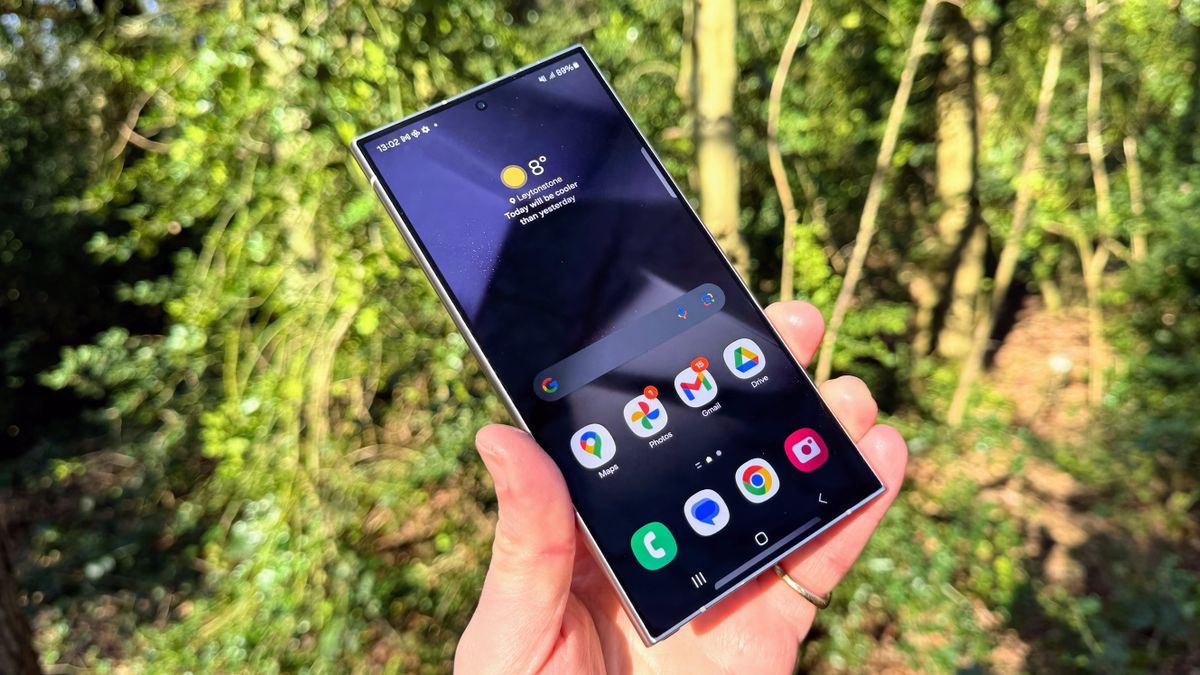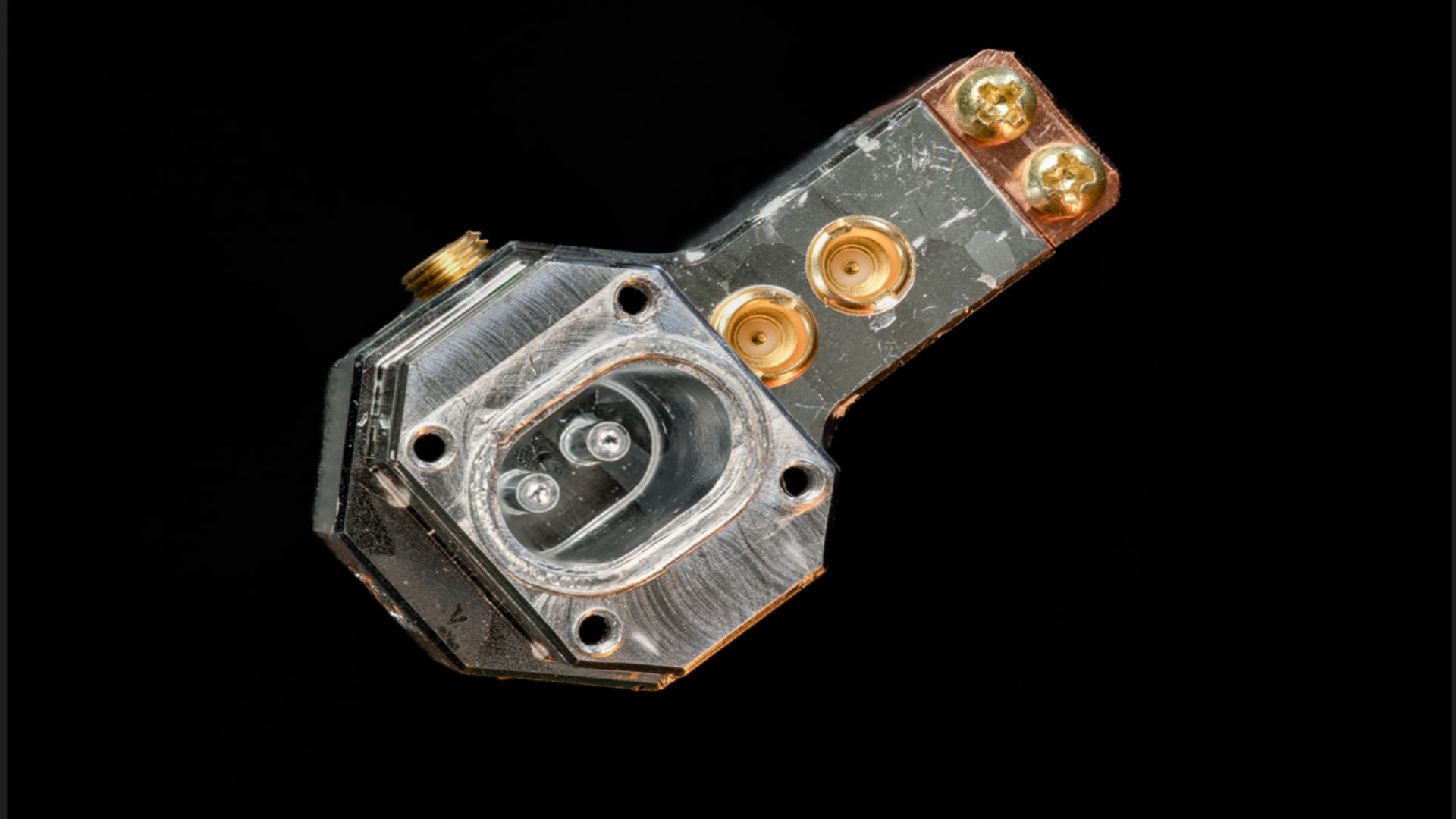As I grew older, I developed an appreciation for simple, refined design that eschews a taste for practicality. And the Samsung Galaxy S24 Ultra is a great example of this.
For years, the Galaxy Ultra models and their Galaxy Edge predecessors have come with curved edges on their displays. Over the years, improvements in display panels have led to gently curved edges that make bezel-less displays very usable. And curved screens came to phones like the Google Pixel and OnePlus flagship models.
But like the Google Pixel 8 Pro, the Galaxy S24 Ultra ditched the curved edges of its predecessors in favor of flat screen edges. Normally I would consider this a nasty downgrade; What can I say, I like curves.
It has always been nice to see a screen perfectly integrated into the phone's chassis, since they have always seemed a bit science fiction to my eyes, in the vein of Star Trek instead of the rugged aesthetic of Star Wars' galaxy far, far away. And overall, it makes a phone quite comfortable to hold, although you'll have to grip it as curved screens make phones slippery, especially on the larger 6.7-inch screens.
So with the Galaxy S24 Ultra, I was fully prepared to criticize its lack of curves. But I did not. Instead, I'm quite baffled by this change.
Samsung said it removed the curved screen to give the S Pen more practical screen real estate for people to doodle. And I found that to be the case, with long strokes of the stylus adhering to the screen rather than sliding around the curved edges, as was the case with the Galaxy S23 Ultra.
I was thinking that a flat screen would make the Galaxy S24 Ultra uncomfortable to hold, but that's not the case.
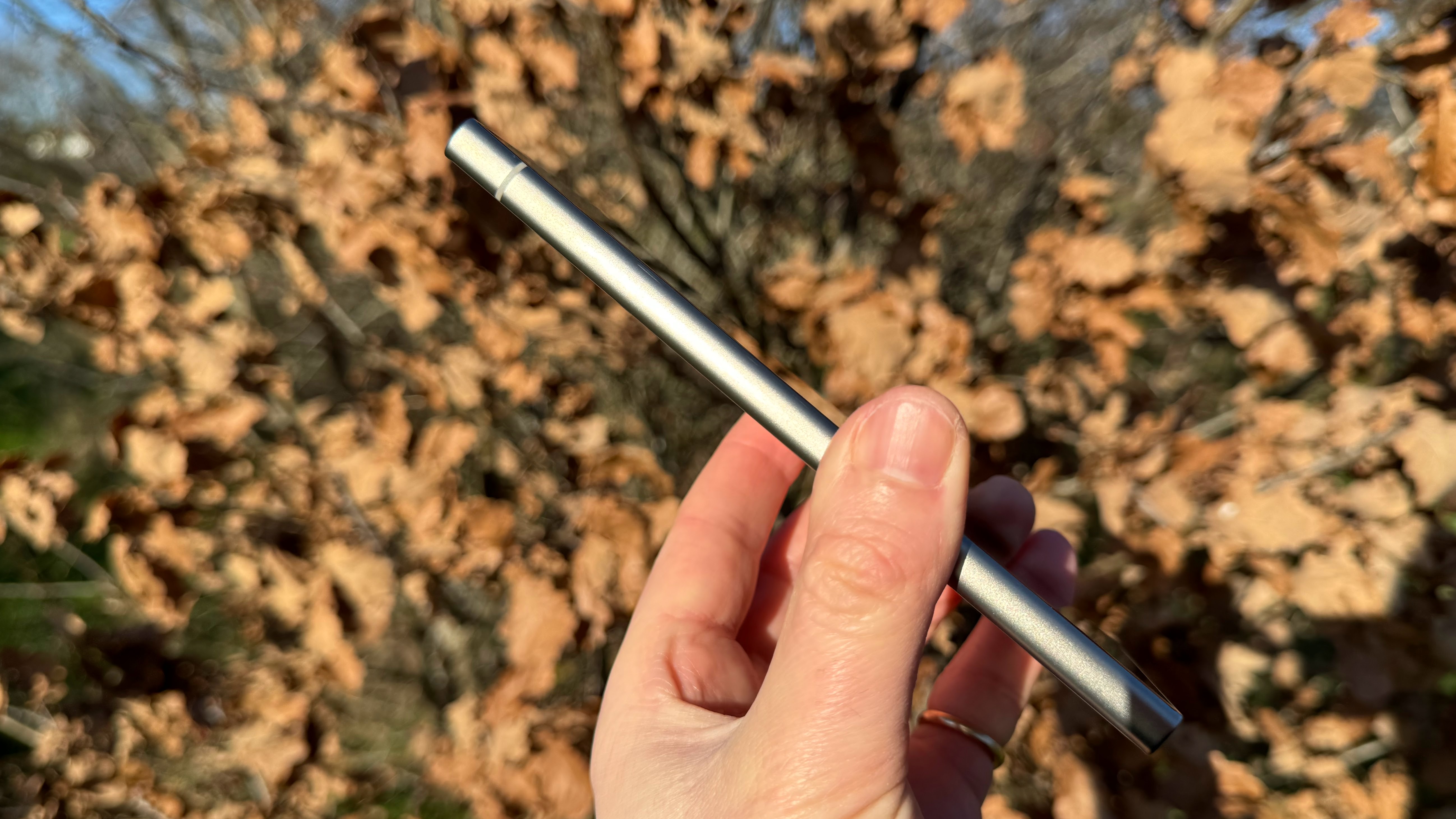
Curved sides made of titanium with a somewhat soft-touch finish mean the large phone feels unexpectedly beautiful in my hands, while also being less likely to suddenly jump out of my reach when I stretch my fingers to reach for one in the top corner. . he delivered.
I also think that using Corning's new Gorilla Glass Armor will work well on a flat screen rather than a curved one.
I would have liked the adoption of titanium to make the Galaxy S24 Ultra noticeably lighter than its predecessor, but that's not the case, it only lost one gram in total. But in my hands, the Galaxy S24 Ultra feels superior to the Galaxy S23 Ultra, which is a phone that I still think has a wonderful design.
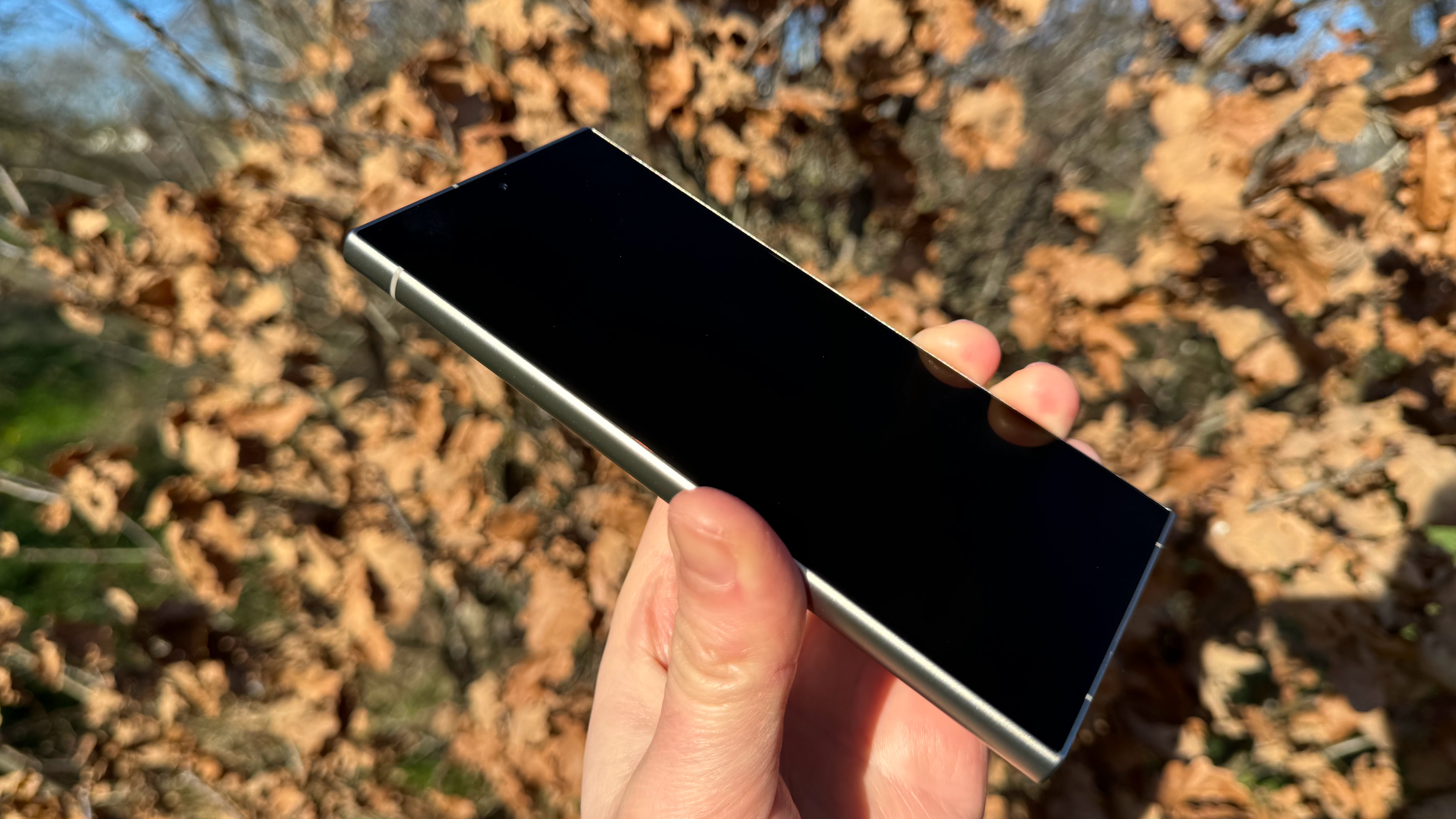
The matte back of the Galaxy S24 Ultra, which has layers of paint to create a smooth finish that also feels a little deep (this may seem a bit absurd, but I advise you to go and see a Galaxy S24 Ultra for yourself), Perfectly complements the flat screen and curved edges.
Overall, these small tweaks may seem iterative, but they add up to a phone that looks and feels like a step up from the Ultras that preceded it.
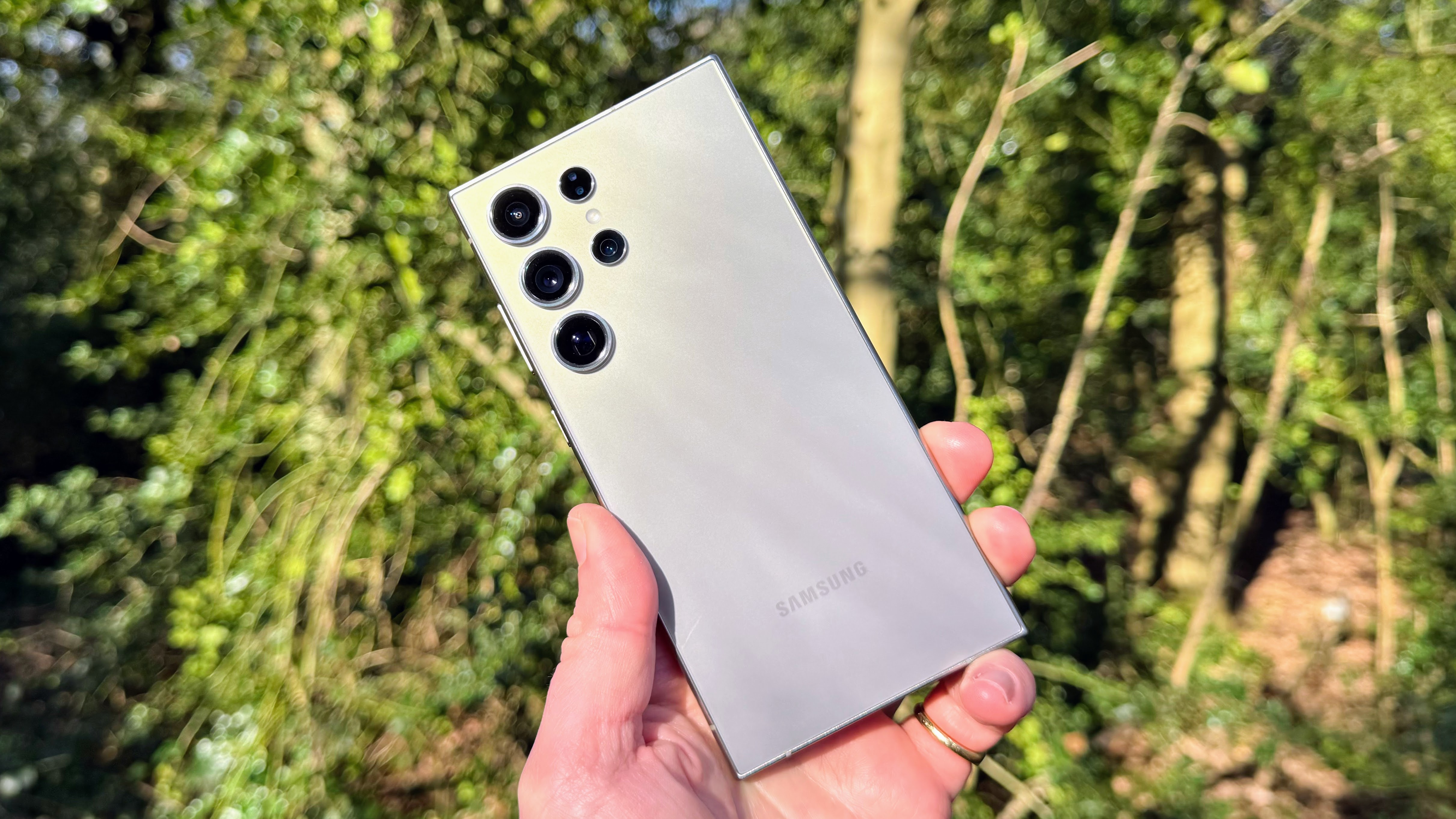
Of course, there's plenty more to like about the phone, as you'll see in our Samsung Galaxy S24 Ultra review. These range from a refined set of rear cameras to AI features that are promising even if they're not perfect yet.
Aside from tweaking the software experience, which I think remains a weak point of Samsung phones due to the overabundance of menus and One UI-centric apps, and beefing up the artificial intelligence, it's hard to see how Samsung will improve the Galaxy's design. Ultraline. I guess we shouldn't be surprised that Samsung has now used the same general design for three generations of Galaxy Ultras.

